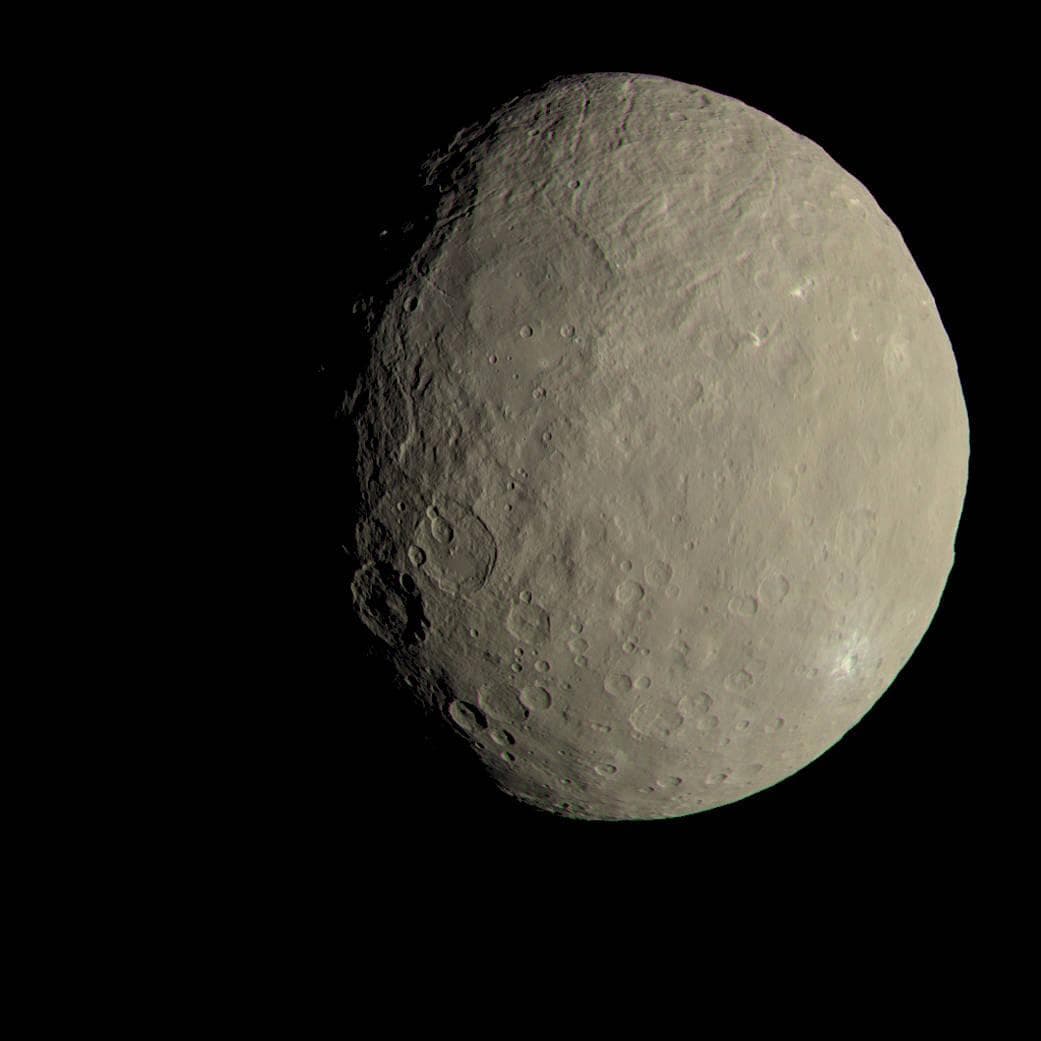The Chinese Academy of Sciences is considering a number of projects for future space missions. These include a probe for the study of the dwarf planet Ceres and a telescope for the study of dark matter.

In recent years, China has made great progress in space exploration. And the Celestial Empire is not going to stop there at all. Currently, more than twenty different projects of promising space missions are under consideration by Chinese experts. Those that receive approval will be implemented in the next decade.
A recent issue of the journal published by the Chinese Academy of Sciences mentions some of the missions under development. One of the most interesting projects involves sending a probe to Ceres. It will be equipped with a subsurface radar, which will allow to study the structure of the dwarf planet and answer the question about the source of its geological activity and the possibility of the existence of an ocean in the bowels of the body.
Another project involves the construction of the VLAST gamma-ray Observatory (Very Large Area Gamma-ray Space Telescope). Its main purpose will be to search for traces of mysterious dark matter. It is expected that the sensitivity of VLAST will be 10 times higher than the sensitivity of the Fermi telescope. It is planned to use the Changzheng-5 heavy rocket to launch the 16-ton observatory.
Recall that the Chinese Academy of Sciences is also considering 13 projects being developed under the third Strategic Priorities Program (also known as the New Horizons program). These include missions to Venus and asteroids, telescopes for studying the Sun and the early Universe, as well as devices for searching for exoplanets. It is expected that the Chinese Academy of Sciences will choose from 5 to 7 projects for implementation. Their launch will take place in the period from 2026 to 2030 and will be timed to coincide with the next five-year plan.
According to https://spacenews.com
Follow us on Twitter to get the most interesting space news in time
https://twitter.com/ust_magazine

